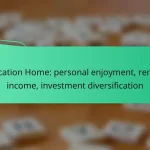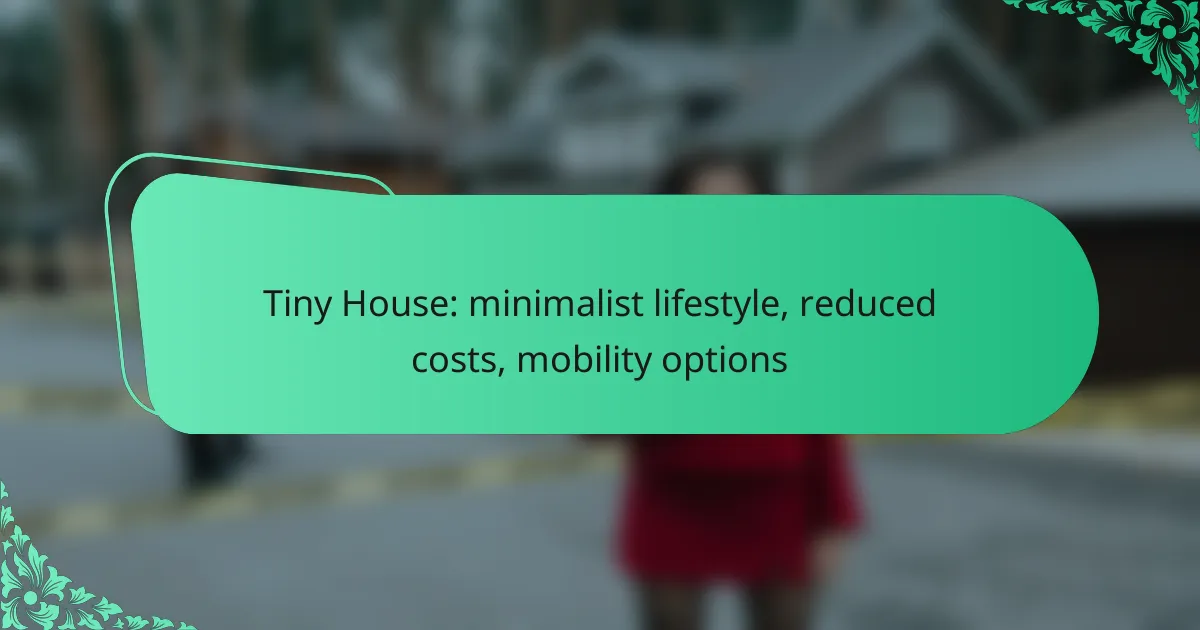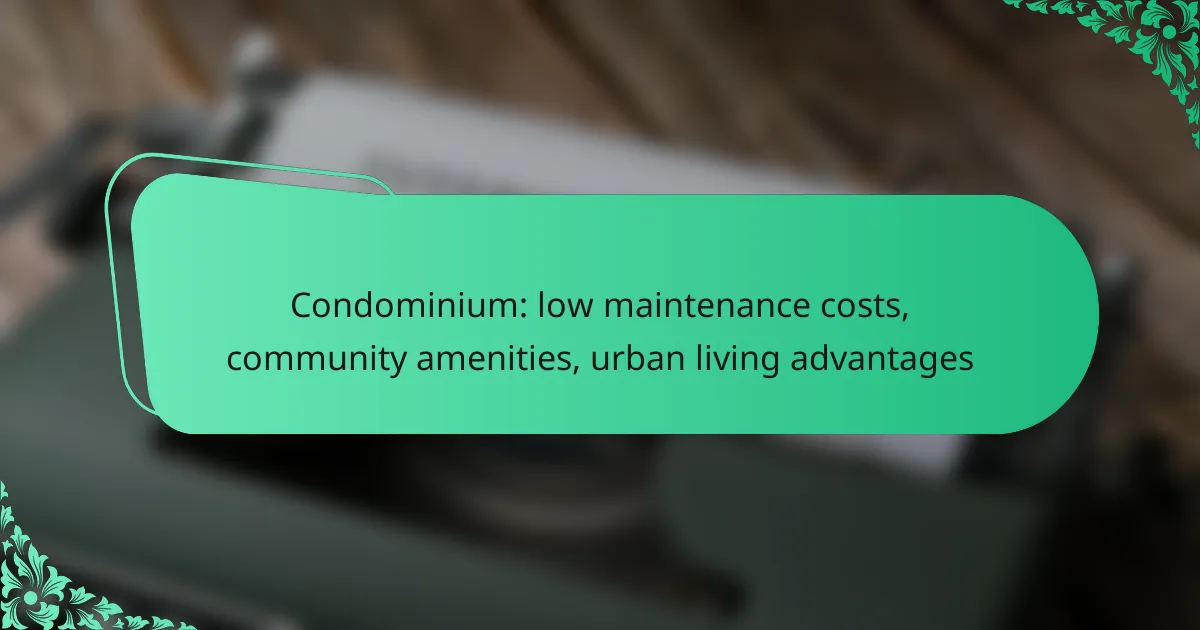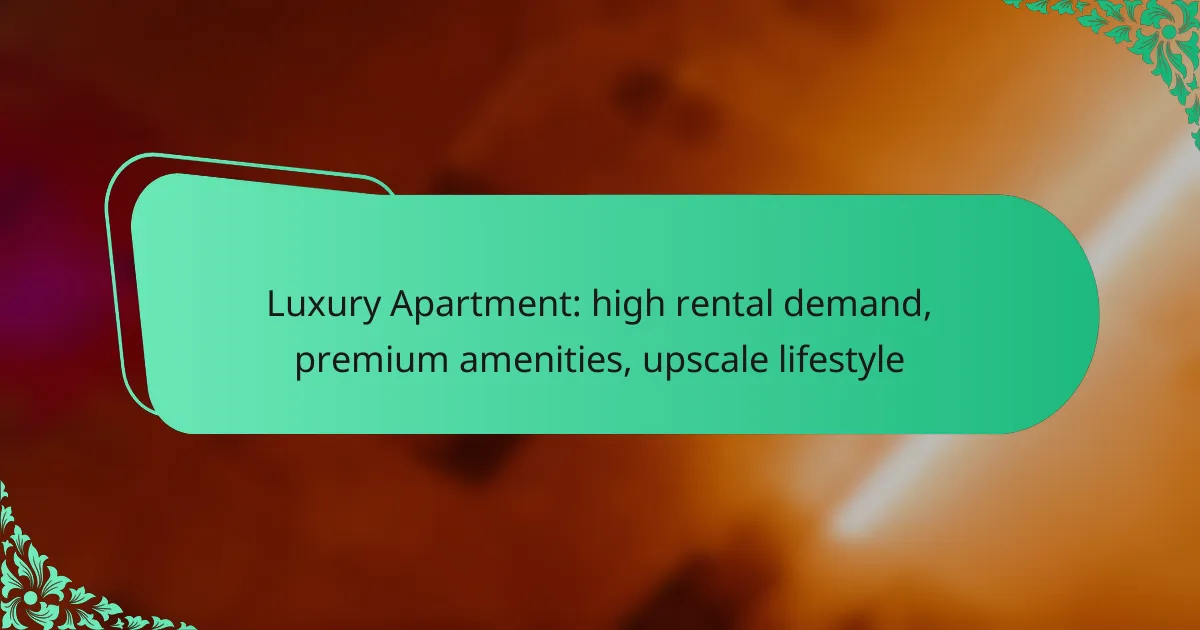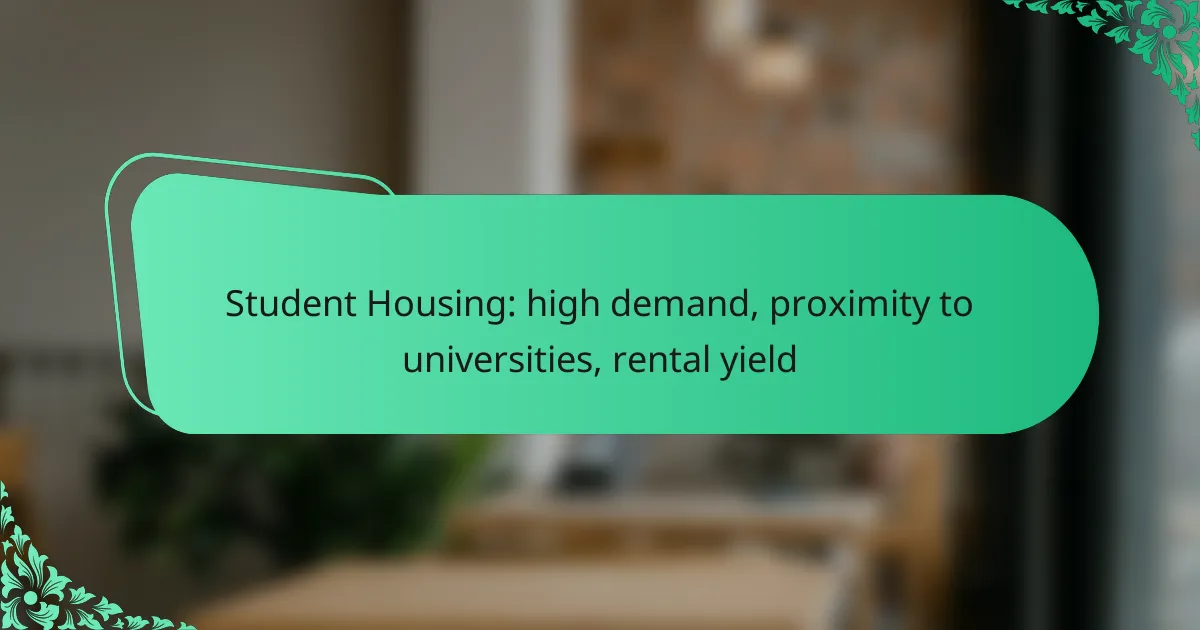Tiny houses represent a growing trend towards a minimalist lifestyle, offering significant savings on living costs by reducing expenses related to mortgages and utilities. With various mobility options available, such as trailer-based and modular designs, owners can enjoy the freedom to travel while embracing a simpler way of life. This approach not only fosters financial freedom but also contributes to a smaller environmental footprint, enhancing overall well-being.

How can tiny houses reduce living costs in the UK?
Tiny houses can significantly lower living costs in the UK by minimizing expenses associated with mortgages, utilities, and general lifestyle choices. By embracing a smaller living space, individuals often find themselves saving money while enjoying a more mobile and minimalist lifestyle.
Lower mortgage payments
Tiny houses typically require much smaller mortgages compared to traditional homes, leading to lower monthly payments. For instance, while the average UK home might cost several hundred thousand pounds, a tiny house can often be purchased for tens of thousands, resulting in payments that are a fraction of the larger mortgage.
This reduced financial burden allows homeowners to allocate funds to savings or other investments, enhancing overall financial stability. Additionally, some tiny house owners opt for alternative financing methods, such as personal loans or savings, to avoid the complexities of a mortgage altogether.
Reduced utility expenses
Living in a tiny house generally leads to significantly lower utility bills. With less space to heat or cool, energy consumption drops, often resulting in monthly costs that are considerably lower than those associated with larger homes.
For example, utility bills for a tiny house can be reduced to a few tens of pounds per month, depending on usage and local rates. Homeowners can further cut costs by utilizing energy-efficient appliances and renewable energy sources like solar panels.
Minimalist lifestyle savings
The minimalist lifestyle associated with tiny house living encourages individuals to downsize their possessions, leading to fewer purchases and lower overall spending. By prioritizing essential items and experiences over material goods, residents often find they can live comfortably with less.
This shift in mindset can result in significant savings on clothing, furniture, and other non-essential items. Moreover, the focus on simplicity can lead to reduced maintenance costs and fewer repairs, as there are fewer items to manage and maintain.
Tax benefits
In the UK, tiny house owners may benefit from certain tax advantages, particularly if their home is classified as a mobile dwelling. This classification can exempt them from some property taxes, depending on local regulations.
Additionally, if a tiny house is used as a rental property, owners may be eligible for tax deductions on expenses related to maintenance and improvements. It’s essential to consult with a tax professional to understand the specific benefits applicable to individual circumstances and ensure compliance with local laws.

What are the mobility options for tiny houses?
Tiny houses offer various mobility options, allowing owners to choose how they want to live and travel. The primary choices include trailer-based tiny houses, park model homes, and modular tiny homes, each with distinct features and considerations.
Trailer-based tiny houses
Trailer-based tiny houses are built on a chassis, making them portable and easy to move. This option is ideal for those who want the freedom to relocate their home without significant hassle. When considering a trailer-based tiny house, ensure it meets local regulations regarding size and weight, as these can vary widely.
These homes typically range from 100 to 400 square feet and can be towed by a standard vehicle, depending on the weight. It’s crucial to check the towing capacity of your vehicle and the legal requirements for transporting a tiny house in your area.
Park model homes
Park model homes are designed for semi-permanent placement in designated communities or parks. They usually have a larger footprint than trailer-based tiny houses, often between 300 and 500 square feet, and are built to comply with specific codes. While they offer more space, they are not intended for frequent relocation.
When choosing a park model home, consider the amenities and services available in the community, such as utilities and recreational facilities. Additionally, ensure you understand the lease or ownership terms of the land where the home will be placed.
Modular tiny homes
Modular tiny homes are prefabricated structures that are built in sections and then transported to the desired location for assembly. This option allows for customization and can be a faster way to construct a tiny home compared to traditional building methods. Modular homes can range from 200 to 600 square feet, depending on the design.
Before opting for a modular tiny home, research local zoning laws and building codes, as they may affect where and how you can place the home. Additionally, consider the logistics of transport and assembly, including potential costs and timeframes involved in the process.

What are the benefits of a minimalist lifestyle?
A minimalist lifestyle offers numerous benefits, including reduced stress, increased financial freedom, and a smaller environmental footprint. By simplifying possessions and focusing on essentials, individuals can enhance their overall quality of life.
Less clutter and stress
Living minimally reduces physical clutter, which can significantly lower stress levels. A tidy, organized space promotes a sense of calm and clarity, allowing individuals to focus on what truly matters.
To achieve less clutter, consider adopting a “one in, one out” rule for new items. Regularly assess belongings and donate or discard items that no longer serve a purpose. This practice not only clears space but also fosters a mindset of intentionality.
Increased financial freedom
A minimalist lifestyle can lead to substantial financial savings by reducing unnecessary expenses. Fewer possessions often mean lower costs for maintenance, storage, and insurance, allowing individuals to allocate resources toward experiences or savings.
To maximize financial freedom, create a budget that prioritizes essential spending and limits discretionary purchases. Consider downsizing living arrangements or opting for affordable housing options, such as tiny homes, to further reduce costs.
Enhanced sustainability
Minimalism promotes sustainability by encouraging conscious consumption and reducing waste. Fewer possessions lead to lower demand for resources, which can help lessen environmental impact.
To enhance sustainability, focus on quality over quantity when acquiring items. Choose durable, eco-friendly products and support local businesses. Additionally, consider practices like recycling and upcycling to extend the life of existing possessions.

What are the key features of popular tiny house models?
Popular tiny house models typically emphasize efficient use of space, mobility, and sustainability. They often include features like multifunctional furniture, compact appliances, and eco-friendly materials to support a minimalist lifestyle.
Tumbleweed Tiny House Company
Tumbleweed Tiny House Company is known for its diverse range of tiny house models, which often include customizable options. Their designs focus on maximizing space with features like lofted sleeping areas and built-in storage solutions.
Prices for Tumbleweed homes generally range from around $50,000 to $100,000, depending on the model and customizations. Buyers should consider local zoning laws, as some areas have restrictions on tiny house living.
Escape Tiny Homes
Escape Tiny Homes offers a selection of stylish, modern tiny houses that prioritize comfort and aesthetics. Their models often feature large windows for natural light and open floor plans that create a sense of spaciousness.
With prices starting at approximately $45,000, Escape homes are designed for both mobility and long-term living. Prospective buyers should evaluate their mobility needs, as some models are built on trailers for easy relocation.
Tiny Heirloom
Tiny Heirloom specializes in luxury tiny homes that combine high-end finishes with innovative design. Each home is custom-built, allowing for personalized features such as gourmet kitchens and spa-like bathrooms.
Prices for Tiny Heirloom homes can exceed $100,000, reflecting their premium materials and craftsmanship. Buyers should assess their budget and desired features carefully to ensure they align with their lifestyle goals.

What are the zoning regulations for tiny houses in the UK?
Zoning regulations for tiny houses in the UK vary by location and can significantly affect where you can place your tiny home. Generally, these regulations dictate land use, building size, and whether you can live in a tiny house full-time or only seasonally.
Planning permission requirements
In the UK, most tiny houses require planning permission, especially if they are on a permanent foundation. Local councils assess applications based on factors like land use, aesthetics, and environmental impact. It’s crucial to consult your local planning authority to understand specific requirements and avoid potential fines or removal orders.
Some areas may allow temporary structures or mobile tiny homes without full planning permission, but this often comes with restrictions on duration and use. Always check local guidelines to ensure compliance.
Building codes compliance
Building codes in the UK set minimum safety and design standards for structures, including tiny houses. Compliance with these codes ensures that your home is safe and habitable. Key aspects often include structural integrity, fire safety, insulation, and sanitation facilities.
It’s advisable to work with a qualified architect or builder familiar with tiny house regulations to ensure your design meets all necessary codes. Failure to comply can lead to costly modifications or legal issues down the line.





